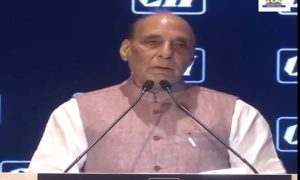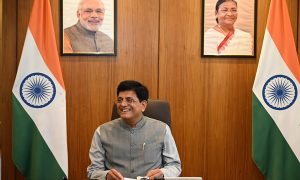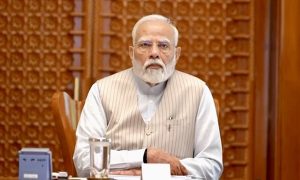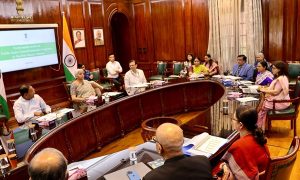Do you know the famous Konark Sun temple in Odisha, in 2020 was taken up by the Ministry of New and Renewable Energy for complete solarization? The project aims to convey a message of synergy between the modern use of solar energy and the ancient Sun Temple. It also stresses the importance of promoting solar energy.
Sun is the ultimate source of energy. Given India’s geographical location and climatic condition, it receives a plenty amount of it, which can be harnessed for optimum utilization. India has the fifth-largest solar installed capacity in the world.
The Ministry of New and Renewable Energy on August 24 organized a webinar on the ‘Solarization of Indian Cities’ with the support of the World Bank. The Ministry of New and Renewable Energy is hosting various activities during the week 23-27 August 2021 to celebrate Azadi Ka Amrit Mahotsav.
Solarization Plan of India
The Government of India has been engaging in several programmes and initiatives to promote and utilize solar and other forms of renewable energy. This includes the development of solar cities in the various States of India. In addition to this, the Government has been involving in projects like the development of solar stadiums, solarization of temples, installation of solar drinking water kiosks, and using the solar capacity for rural development, etc.
Prime Minister Narendra Modi also called for the utilization of solar energy and States to have at least one solar city where all electricity needs of the city are fully met from solar energy or other renewable energy.
What is a Solar City?
A Solar City aims at a minimum 10% reduction in the projected demand for conventional energy at the end of five years, through a combination of enhancing supply from renewable energy sources in the city and energy efficiency measures. The purpose is to have at least one solar city which meets the electricity needs of the city.
A maximum of seven cities in a State may be supported by the Ministry to be developed as a Solar City.
The Ministry of New and Renewable Energy had approved 60 cities under the project Development of Solar Cities up to the 11th Five-year Plan period. Of the 60 solar cities, Master Plans have been prepared for 47 cities, Stakeholders Committees have been constituted in all 60 cities and Solar City Cells have been created in 36 cities under the programme.
Furthermore, 13 Pilot Solar Cities and five Model Solar cities have been developed under the scheme.
22 States/UTs identified for Solar City
Amitesh Sinha, Joint Secretary, Ministry of New and Renewable Energy (MNRE), informed that 22 States/UTs have identified cities to be developed as solar cities. He informed that the target would be to utilize a maximum roof space available for installation of rooftop solar, and installation of waste to energy plants, etc.
Further, it is also in pipeline to explore other energy sources like wind, small hydro, biomass as per the available potential and use of decentralized applications like solar street lights, solar trees, etc.
The cities identified for development include Vijaywada, Guwahati, Jorhat, Itanagar, Bilaspur, Surat, Gandhinagar, Faridabad, Mysore, Agra, Moradabad, Rajkot, Amritsar, Shimla, Hamirpur, Haridwar, among several others.
Significance
The Solar City programme aims to empower Urban Local Governments to address energy challenges at the city level. However, it has a larger benefit to the environment, economy, and development. In the last six years, the installed renewable energy capacity has increased by two and half times and solar capacity by 13 times. This strengthens India’s commitment to fighting climate change. Further, the benefits of low power costs, reduced emissions, and low carbon footprint can also be had.
In addition to this, the installation of rooftop solar panels will bring down the electricity consumption of the households, address electricity shortage issues, and save electricity expenditure. Union Minister for Power and New and Renewable Energy, R.K. Singh recently reviewed the implementation of Rooftop Solar Programme Phase II.
The Development of a solar city would also lead to awareness and capacity building of the citizens for renewable energy applications. The other advantage can be in the form of rebates in property tax and electricity bills.
The development of solar cities is a step in the direction of utilizing renewable energy and making India energy equipped.






















 WhatsApp us
WhatsApp us